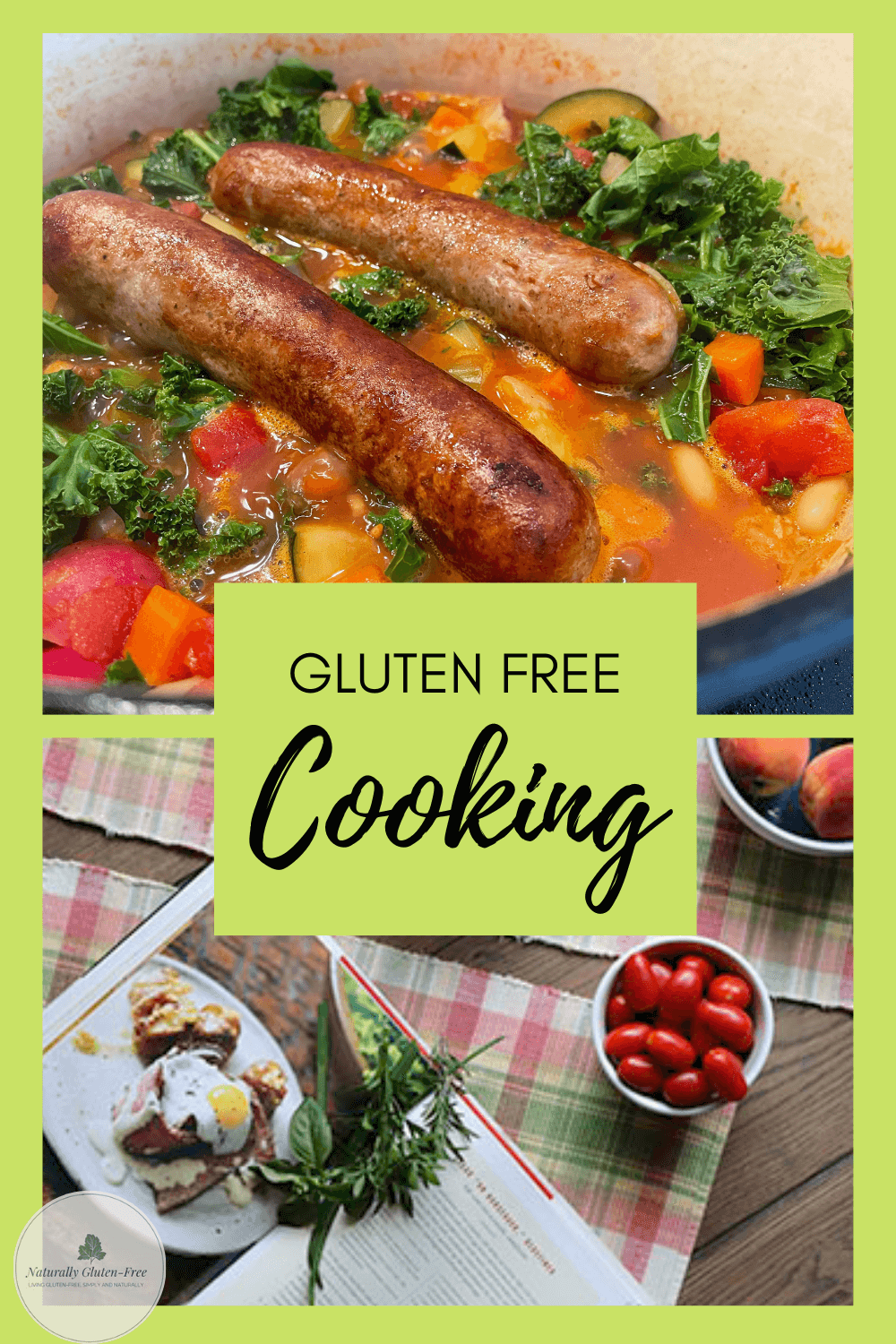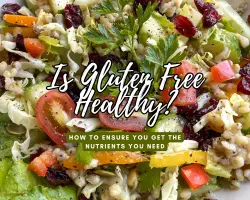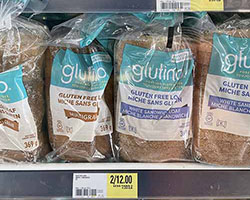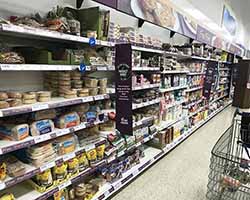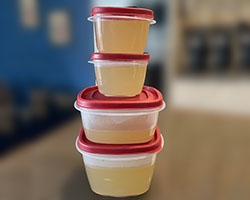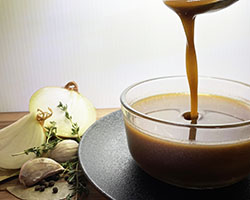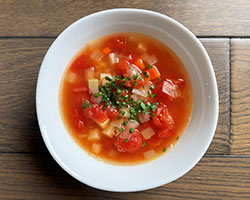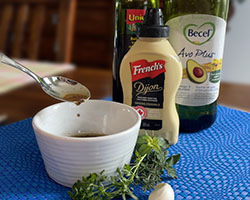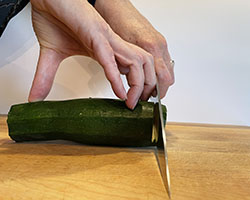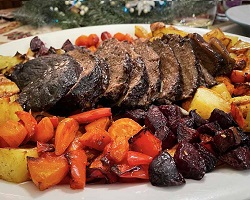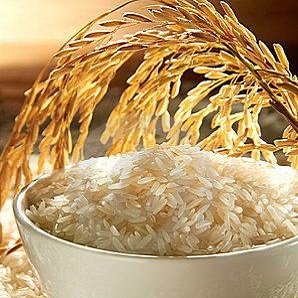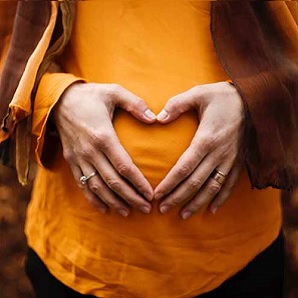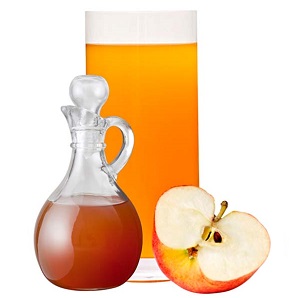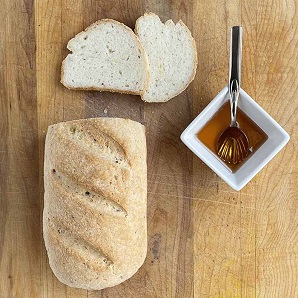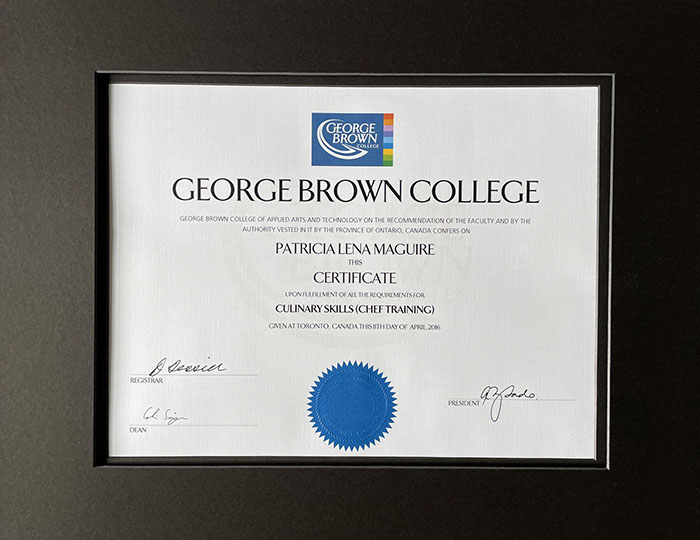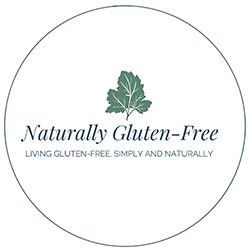- Home
- Gluten Free Cooking
Loving Your Food and Your Life Through Gluten Free Cooking
Are you new to gluten-free and wondering how your cooking might change?
Are you wondering what to cook for someone who is gluten-free?
Are you thinking you might need to improve your culinary skills a bit now that you'll be cooking at home more?
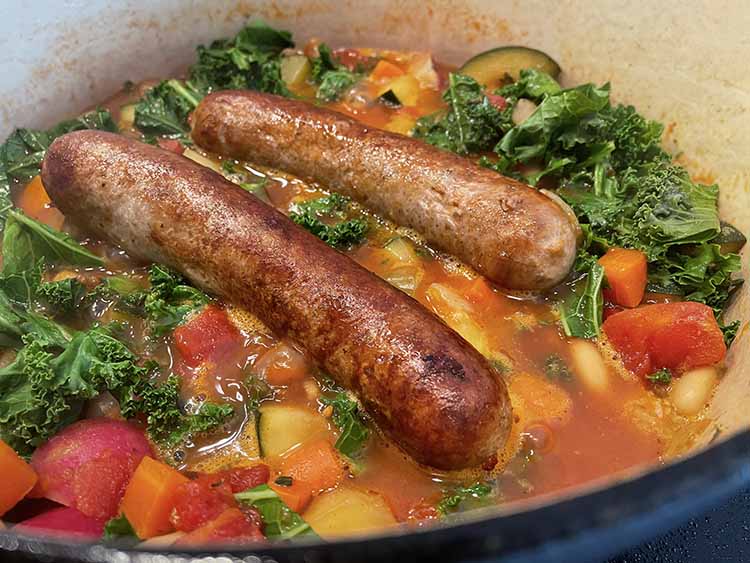
Those are certainly the things I was thinking when I started down this path, so I'm hoping I can save you some time and confusion by guiding you through.
Before I was diagnosed with celiac disease, I cooked most of my meals at home, mostly due to cost, but I cooked like so many of us do today, relying on packaged products and bottled sauces.
Learning to cook from scratch freed me from those bottles and packages and gave me the confidence to get out of my comfort zone and to try new flavors.
Read through or use the links below to jump to the section that interests you.
Why Cook Gluten-Free?
The main reason that people follow a gluten-free diet and learn gluten-free cooking is because they have celiac disease or a gluten intolerance.
What's The Difference Between Gluten-Free Cooking and Regular Cooking
If you've just been diagnosed, or if you're cooking for someone with celiac disease, you may be asking what the difference is between gluten-free cooking and regular cooking.
Not much really. And that's the good news. If you're already a decent cook, you'll find the transition pretty easy. If you're less comfortable in the kitchen then this may be a bit of a learning curve for you.
The main differences between gluten-free cooking and regular cooking are:
- The ingredients you choose must all be gluten-free. This means reading all labels and making some gluten-free substitutions.
- You must be careful to avoid cross contamination. More on this below.
- You'll likely cook more from scratch so you can still have your favorites even though the convenience foods are expensive and harder to find.
Avoiding Gluten Cross Contamination While Cooking
This is so important.
If you are cooking gluten-free because of celiac disease then you need to be careful about cross contamination, or cross contact.
What Is Gluten Cross Contamination?
This is what happens when a food or ingredient with gluten accidently comes in contact with a gluten-free food making it potentially unsafe for a person with celiac.
How Much Is Too Much?
Everyone has a different level of sensitivity and for some it doesn't take much gluten to cause a reaction. The conventional wisdom, and the recommendation that most countries base their labeling laws on is a maximum of 20ppm (parts per million) or between 10 and 50 mg per day for a person with celiac1.
The goal of course is to keep the amount of gluten exposure as close to zero as possible and practical.
Here are some tips to avoid cross contamination while cooking:
 |
Watch for splash over: If you're cooking both gluten and gluten-free foods together on the stove or in the oven, make sure the pots are far enough apart that one boiling pot won't splash over onto the other. In the oven, have the gluten-free item on top and if possible, covered to protect it from splash over. |
 |
Keep Stirring Spoons Separate: If you stir a gluten food then put the spoon in a gluten-free food, it's contaminated. Keep separate stirring spoons and keep each one close to the dish it's meant for so you don't mix them up. Same goes for serving spoons. |
 |
Add a Barrier: If you're cooking on a grill or a pan that may have had gluten foods cooked on it, and you're not comfortable that it's all been cleaned off, then lining with foil or parchment is a good way to protect yourself. |
 |
Cook Gluten-Free First: On the grill, or the pancake griddle, cook the gluten-free item first then set aside to keep warm while you're cooking the gluten items. |
For more on setting up your kitchen for safety from cross contamination go here.
Benefits of Cooking At Home
The best quality and most satisfying food in the world comes from home kitchens. It’s no coincidence that some of the best experiences in life do too. Cooking at home allows us to cook nutritious and delicious meals where we can:
- Control the ingredients
- Reduce Cost
- Rely less on processed, packaged foods
- Improve nutrition
- Connect with family and friends
- Pass on recipes and traditions to our children
- Strengthen family bonds and create new traditions
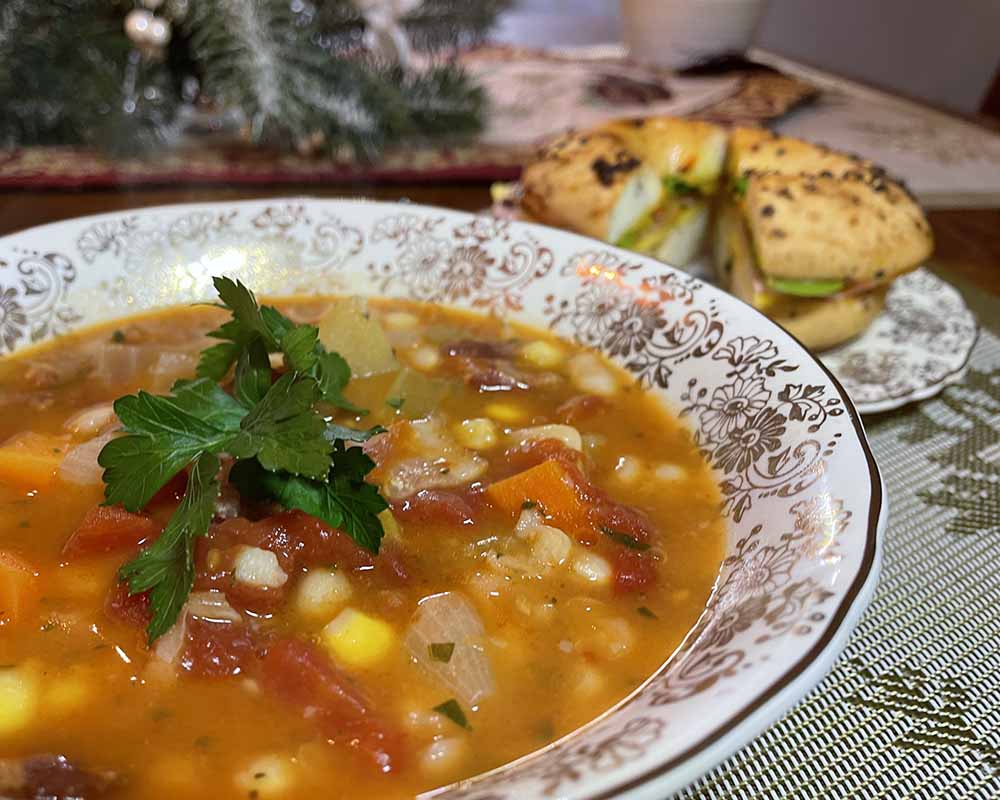
Why People Don't Cook
This is of course just my theory, but I tend to think that we don't like to do things that we're afraid we won't be good at. At least that's the way it was for me. My results in the kitchen were kind of hit and miss, because I didn't understand the basic techniques and the few basic recipes that are the building blocks of all cooking, including gluten-free cooking.
My celiac diagnosis convinced me that I needed to get closer to my food. I needed to learn gluten-free cooking, but more than that, I needed to understand where my food came from and how to make meals at home that would be every bit as good as in a restaurant. That's when I enrolled in cooking school and it changed my life!
I'd love it if learning to cook changed your life the way it has mine.
Before We Get Started
Here is some background for you to check out before we actually get into the kitchen. You'll want to know about your special nutritional needs, how to make the most of your budget, and what ingredients to substitute.
Gluten-Free Cooking Basics
Cooking Without a Recipe
I have nothing against recipes. In fact I have a whole shelf full of cookbooks, an app on my iPad full of favorite recipes and I've developed several of my own that I share with you here on the recipes page of Naturally Gluten-Free.
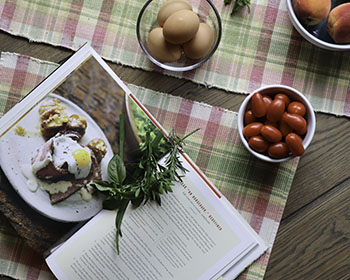
Yet I've tried to resist making this a recipe site for one reason, I know in my heart that if you learn to cook without a recipe,
- you'll feel more creative
- you'll enjoy cooking more, and
- you'll feel good about yourself because you'll always be able to put together a great tasting and nutritious meal, often from what you have in your pantry or refrigerator.
All of that will lead to less food waste, a lower grocery bill, and a much more satisfying experience with your gluten-free diet.
The Purpose of a Recipe
When you're first learning to cook, you'll probably rely quite heavily on recipes. But as you get more confident, you'll see recipes more as a guide or an idea springboard than a cast in stone set of instructions.
That's how I look at recipes. I spend a fair bit of time thumbing through cookbooks or scrolling the internet for recipes just to use as ideas. Then in the kitchen I adapt them to my favorite foods and to what I have on hand.
Through this article and the ones linked to it, I'll give you the basic techniques then some recipes to try. As you're cooking from a recipe, I hope you'll think about those basic techniques and learn to recognize them when you read a recipe. That's when you take control of your food and your gluten-free diet.
Converting Recipes to Gluten-Free
This is the whole point. You don't really need gluten-free recipes. You don't need a gluten-free cookbook (except for baking), because the techniques are the same. You'll soon be able to look at any recipe, even your favorites that you make now, and convert them to gluten-free.
Building Flavor
Salt, Fat, Acid, Heat
Those are the four elements of cooking a perfect flavorful dish. Look at any recipe and you'll see those key elements.
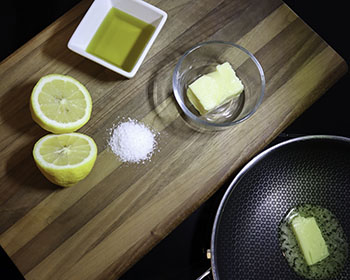
It doesn't matter if you're cooking for a gluten-free diet, a keto diet, a Mediterranean diet or any of the other cuisines of the world. It's the skillful manipulation of those four things that make a great recipe.
Once you learn to master them you will be a master gluten-free cook.
Sounds overly simplistic doesn't it? But it's true. Getting those elements right is where the magic is made.
Taste While You're Cooking
Get in the habit of doing this even while you're cooking from a recipe. Taste as you go along. This way you can build the flavor of your dish and adjust. Don't just follow the recipe blindly. Taste, and notice what you're tasting. It may take a little time, but not much, until you'll really know what the ingredients are doing and what's needed if it's not quite right.
Salt
Taste your dish and notice how salty it is. Does it seem right to you? Would you prefer a little more or a little less?
Salt and pepper are not just about making a dish salty or peppery. Salt brings out the juices in food and intensifies the flavor. It makes a food taste more like itself. Pepper opens up your taste buds and allows the flavor to come through.
Fat
Taste your dish again. How does it feel in your mouth? Texture is important. If it seems flat and unsatisfying, maybe a little more fat is needed.
Fat has been demonized, but it is an essential ingredient and an essential nutrient.
Just the right amount of fat improves the texture of food and acts as a seasoning to add flavor. It makes meat juicy and tender.
When used for cooking, fat helps food to caramelize or brown which also improves the flavor and texture.2
Pro tip:
Add salt throughout the cooking process but just lightly, especially if you're making a sauce or a saucy dish. As the liquid reduces the flavor intensifies and you could end up with a dish that's a little too salty.
Acid
Acidic ingredients like vinegar, lemon juice, or wine add a nice "snap" to your recipe and you can feel it on your tongue. Adding just a splash to a recipe can brighten and lighten up a dish that might otherwise be too heavy. Acid in marinades breaks down tissue and tenderizes meat. It also balances out the fat and salt.
Heat: Get the Timing and the Temperature Right
Some meats and vegetables are best cooked quickly at a high temperature. Think about grilling, sautéing or stir frying. Others are best cooked for a long time at a lower temperature. Think slow cooked ribs or a deep and hearty stew.
Also the internal temperature that you cook your food to is important. This is especially true of meat cooking. Some meats are fine served rare while others are only safe if cooked to well done. If you over cook it though you'll dry it out.
A meat thermometer is an indispensable tool. Some chefs will teach you to know if your meat is done by touching the surface. The more firm it is the more well done. By all means practice this technique, but use your thermometer as your guide.
Sauces and Soups
The links below will teach you how to build a flavorful sauce from scratch or with the aid of some convenience products. Understanding sauces will elevate your cooking game and as a bonus will get a lot of the unnecessary ingredients out of your diet and bottles out of your fridge.
Does High Heat Destroy Gluten
Now seems like a good time to dispel this myth.
Gluten is a protein, not an organism, so it can't be "killed".
It's true that proteins can be "denatured" at very high temperatures, but for gluten that temperature is about 570°F or 300°C. Your food would be long burnt before it reached that temperature.
Herbs and Spices
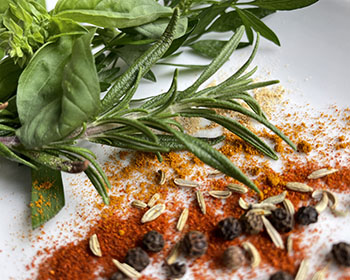
This is where recipes get their personality.
It's also where the cuisines of the world shine as unique and individual. Every cuisine has meat and vegetable dishes. They all use salt, fat, acid and heat. It's the herbs and spices that create the unique flavor profiles.
For example, French cooking uses lots of butter along with parsley, chives and tarragon.
Italian dishes use olive oil with basil, oregano, sage, rosemary, and thyme.
Indian dishes use complex spice blends made from cumin, coriander, turmeric, cardamom, and chilis just to name a few.
Culinary Skills for Gluten-Free Cooking
These links will teach you the basic culinary skills for cooking meat, vegetables, eggs and salads. This is the "meat" of the gluten-free cooking endeavor. Once you are familiar with the information here you'll be well on your way to making your own delicious gluten-free creations.
Coming Soon
egg cooking
Coming Soon
gluten-free salads
Eating With Your Eyes
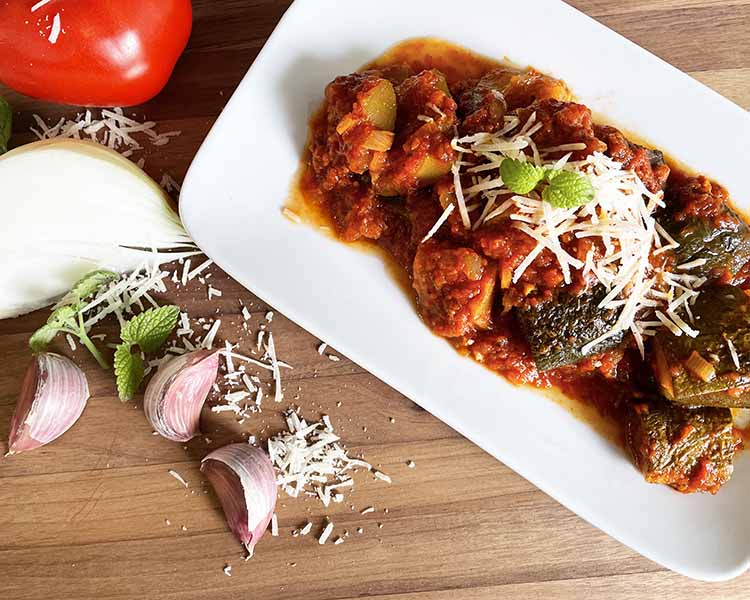
How our food looks really matters.
Eating and enjoying your meal starts long before the food passes your lips. Seeing and smelling the food starts the digestion process by making your mouth water and it goes through the system from there.
You may not be into styling your food for a magazine or an Instagram photo, but making sure your meal includes lots of color and looks appetizing on the plate really will make it taste better and increase your enjoyment.
This is especially important with gluten-free cooking. There may be times when you'll feel deprived. Others around you can have everything that's on offer, and you are limited to a few choices. Having a meal that looks appetizing can change your whole experience and remind you that you are blessed and you can have great food.
Putting It All Together
I hope I've convinced you of the benefits of at home gluten-free cooking. And I hope this little primer will get you on your way to loving your food again and to loving cooking.
I think Michael Pollan said it best in his book Cooked: A Natural History of Transformation when he said that the answer to most of the questions that occupy his mind is the same: cook. I couldn’t agree more. Whether it’s how to be healthier personally, how to contribute to the health of the planet or how to connect with your friends and family; to cook is as good an answer as any. Enjoy!
Home>Gluten-Free Cooking
Sources:
1. Understanding gluten levels. National Celiac Association. (n.d.). https://nationalceliac.org/celiac-disease-questions/understanding-gluten-levels/
2. Nosrat, S. (2017, July 21). What exactly is fat? and how to Cook with it like a smart person. Bon Appétit. https://www.bonappetit.com/story/cooking-with-fat
1). What exactly is fat? and how to Cook with it like a smart person. Bon Appétit.
